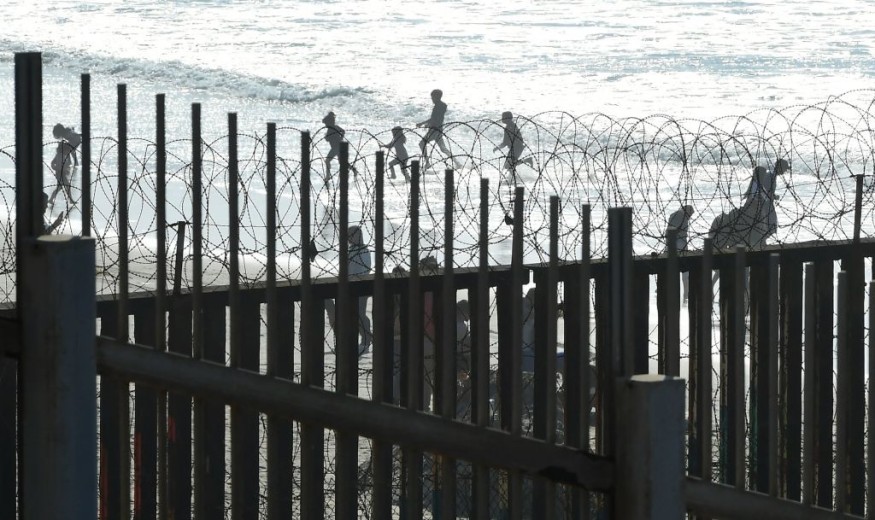Migrant Crossings, Arrests at U.S.-Mexico Border Drop for Third Consecutive Month, New CBP Data Shows

The U.S. Customs and Border Protection (CBP) said on Monday that the number of Haitian migrants who crossed the U.S.-Mexico border decreased by 94 percent last month.
In general, Aljazeera reported that the number of migrants who crossed the U.S.' southern border with Mexico dropped during the month of October for a third consecutive month.
CBP noted that 164,303 migrants were encountered at the U.S.-Mexico border in October, which is a 14 percent decrease compared to September. The number was comprised of 902 Haitians, lower than the more than 17,600 who crossed in September.
In a statement, CBP Acting Commissioner Troy Miller said October marks the third straight month of declining unauthorized migrant encounters along the border. Miller noted that there were also sharp decreases in families and unaccompanied children crossing the southern border.
CBP said the more than 164,000 migrant arrests in October is a 23 percent decline from July when border arrests reached a 21-year high, CBS News reported.
Migrants in U.S.-Mexico Border
Around 70,000 of the migrants who entered the U.S. border custody in October were processed under immigration laws. They were also allowed to seek asylum. However, it is unclear how many of them requested protection.
The number of unaccompanied children processed by the U.S. fell below 13,000, which is a 32 percent drop from the monthly record set in July.
The CBP data also showed that federal agents had stopped parents and children traveling as families over 42,000 times in October, marking a 48 percent decrease from July. On the other hand, the arrests of migrant adults traveling without children have declined slightly but remain high due to repeat crossing attempts along the border.
Some of those who attempt to cross the border again have been expelled under Title 42. However, the Biden administration has not used Title 42 to expel unaccompanied children unlike the administration of former President Donald Trump.
Instead, the Biden administration is transferring unaccompanied children to government-controlled shelters.
Miller said the Biden administration is focused on dismantling the work of smugglers, facilitating the journeys of many migrants after charging them sums of money.
The Biden Administration Amid Migrant Crossings
Officials of the Biden administration said the deportations were consistent with its enforcement policy, The New York Times reported.
However, human rights advocates condemned the "harsh treatment" and quick removals of the migrants, saying that migrants were being returned to a country ravaged by natural disasters and political turmoil.
Jessica Bolter, a policy analyst at the nonpartisan Migration Policy Institute, said it was clear that the recent increase in Haitian expulsions has provided a short-term deterrent. Bolter added that it is less clear that it will have a long-term effect.
Meanwhile, Mexican officials have been trying to stop a caravan of mostly Haitians and Central Americans who had been traveling north to the U.S. after they entered Mexico from Guatemala.
A number of Haitians, specifically around 20,000, are stranded in Tapachula. The majority of Haitian migrants have been reportedly living for years in Chile or Brazil.
Haitians now account for a majority of asylum applicants in Mexico with their goal in most cases is to receive the documents that will allow them to come toward the U.S.
This article is owned by Latin Post.
Written by: Mary Webber
WATCH: Migrant Caravan: Thousands In Mexico Moving Towards U.S. Border - From NBC News
Subscribe to Latin Post!
Sign up for our free newsletter for the Latest coverage!

















